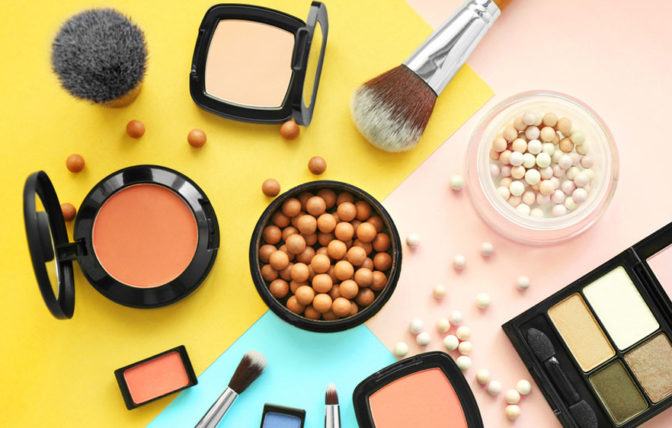
 "
"

 "
"

The global halal cosmetics market is projected to experience remarkable growth, with a Compound Annual Growth Rate (CAGR) of 11.6% from 2022 to 2032. It is estimated to reach a value of US$38,217 million in 2022 and is expected to surpass US$114,524 million by 2032.
Halal cosmetics include various products such as fragrances, color cosmetics (lipsticks, foundation, lip balms), personal hygiene items, and skincare goods (creams, moisturizers, lotions).
The demand for halal cosmetics is driven by consumers’ preference for chemical-free and natural ingredients, as well as a growing focus on personal care products that align with religious values. Muslim-majority countries show a significant rise in the demand for halal products.
Halal cosmetics have gained popularity worldwide, particularly in Muslim-majority countries like the UAE, Saudi Arabia, Indonesia, Malaysia, and Turkey. Major halal cosmetic brands have expanded their manufacturing capabilities, enabling them to tap into the mainstream cosmetics market.
Key players in the cosmetic industry are prioritizing research and development (R&D) and innovation to meet the growing demand for halal cosmetics. The industry’s future growth potential lies in offering safe and clean labeled products.
With the increasing Muslim population globally, renowned companies like Unilever, L’Oréal, and P&G are expected to enter the halal cosmetics market to cater to the rising demand.
The halal cosmetics market is expanding due to the rise in the Muslim population worldwide, leading to the development of the halal market and increased halal certification compliance.
In a competitive market, companies in the halal cosmetics industry focus on innovation, mergers and acquisitions, strategic alliances, partnerships, and new product launches to meet consumer demands and stay ahead.
The United States is anticipated to lead the North American halal cosmetics market, with new entrants capitalizing on the country’s business potential. Canada is also an important market for halal products in North America.
By 2032, the Asia Pacific region is expected to be the leader in the global halal cosmetics market due to the expanding Muslim population in Southeast Asian countries and the presence of halal-certified enterprises.
Key manufacturing countries for halal beauty products include India, Indonesia, and Malaysia, driven by increased awareness of animal welfare and the growth of the Muslim population.
Germany is projected to offer lucrative growth opportunities as it gradually adopts a cruelty-free culture, contributing to the demand for halal cosmetics in the beauty and personal care sectors.
The halal cosmetics market is categorized by product type (skin care, hair care, makeup, body care, fragrance), end user (men, women, unisex), sales channel (hypermarkets/supermarkets, convenience stores, specialty stores, multi-brand stores, online retailing, other sales channels), and region (North America, Latin America, Europe, South Asia, East Asia, Middle East & Africa, Oceania).